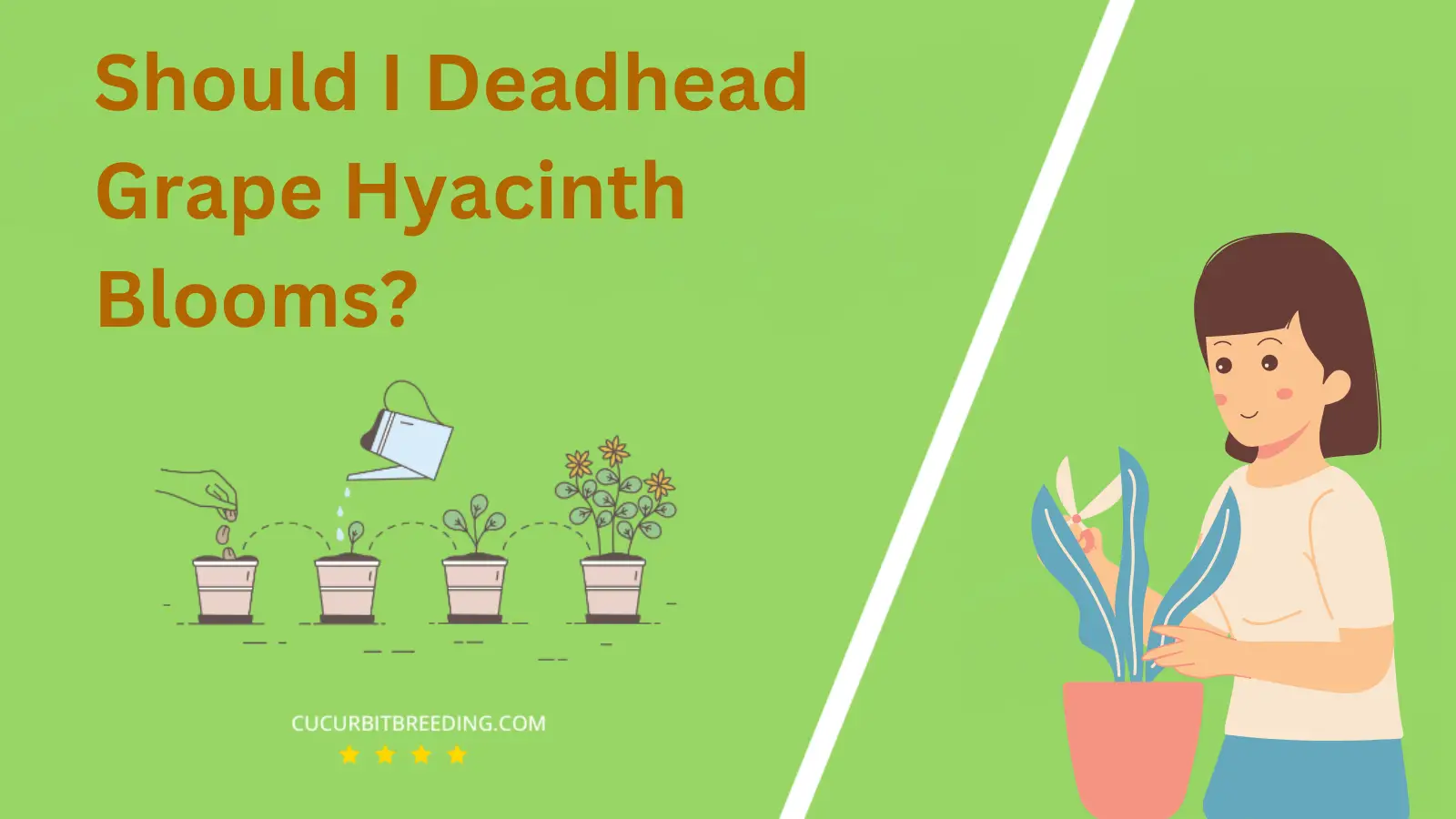
Have you ever wondered, “When does Grape Hyacinth bloom?” The appearance of these vibrant, grape-like clusters is a definitive sign of spring. Yet, their blooming period can vary based on several factors.
This article will delve into the intriguing world of these bulbous perennials, providing an in-depth analysis of their blooming schedule, and factors influencing it. So, if you’re a gardening enthusiast or simply captivated by these charming blooms, stay tuned!
When Does Grape Hyacinth Bloom?
Grape Hyacinth, also known as Muscari, typically blooms in the early to mid-spring. Depending on the climate and geography, this can be anywhere between March and May. The flowers are noted for their vibrant blue color and distinctive shape, resembling a cluster of grapes.
| Stage | Description |
|---|---|
| Germination | Spring (March-April) |
| Growth | Spring (March-May) |
| Blooming | Spring (March – April) |
| Dormancy | Winter (December – February) |
How Long Do Grape Hyacinth Bloom?
The bloom period of a Grape Hyacinth, also known as Muscari, largely depends on the specific variety and local climate conditions. However, generally, Grape Hyacinths bloom for about 3 to 4 weeks. They typically start blooming in early spring, specifically around March or April, and the flowers will usually last until late spring. It’s noteworthy that Grape Hyacinths are valued for their ability to naturalize, meaning they can self-seed and reappear year after year.
How Light Affects Grape Hyacinth Blooms?
The amount of light significantly affects the blooming of Grape Hyacinths. These plants typically thrive in full sun to partial shade. However, they can endure less light, but it may result in fewer blooms. The ideal light condition for Grape Hyacinths to produce the most vibrant and abundant flowers is in a location that receives at least six hours of direct sunlight each day.
But please note, although they require ample sunlight, Grape Hyacinths can also tolerate a bit of shade. They’re quite adaptable and can even thrive under the canopies of taller plants or trees. However, in conditions with too much shade or lack of adequate light, the blooms may become sparse, and the plant’s overall health may decline.
Therefore, to ensure optimal blooming, place your Grape Hyacinths in a location where they receive a proper balance of sunlight and shade. Remember, too much of anything can be detrimental, so maintain a healthy balance of light exposure for your plants.
Will Grape Hyacinth Bloom the First Year You Plant It?
Yes, Grape Hyacinths will typically bloom the first year you plant them. These bulbs are known as hardy spring bloomers, which means they can produce flowers in their initial year if you plant them in the fall. However, for the best bloom, they require a period of cold dormancy, which is naturally provided during the winter months.
Will Grape Hyacinth Bloom Every Year?
Yes, Grape Hyacinths do bloom every year. They are perennial plants, which means they return and bloom each year. The blooming period is generally in the early spring. After the blooming period, the plant goes into a period of dormancy until the next blooming season.

Should I Deadhead Grape Hyacinth Blooms?
Yes, it is ideal to deadhead grape hyacinth blooms once the flowers have faded. Deadheading is the process of removing spent blooms to encourage the plant to focus its energy on root and foliage growth instead of seed production. This process keeps your grape hyacinths looking their best, and promotes healthier, more vigorous plants.
Top Reasons a Mature Grape Hyacinth May Stop Flowering

There are several reasons why a mature Grape Hyacinth (Muscari) may stop flowering. The most common cause is insufficient sunlight. Grape Hyacinths need full sun to partial shade to bloom. If they are in a location that doesn’t get enough light, they might not flower.
Another reason could be overcrowding. If the bulbs are too close together, they may compete for nutrients and space, preventing blooming. In this case, the bulbs should be thinned out.
A third reason is improper watering. Grape Hyacinths need well-drained soil. If the soil is too wet, the bulbs may rot, preventing flowering.
Lastly, lack of nutrients could be the issue. If the soil is poor in nutrients, the plants may not have the energy to produce blooms. Incorporating compost or a bulb-specific fertilizer might help.